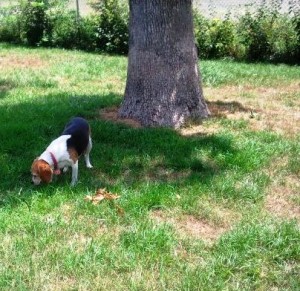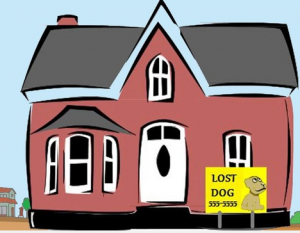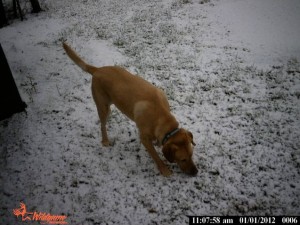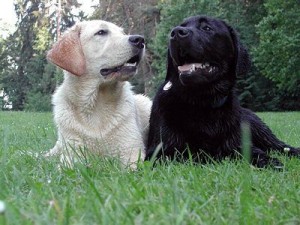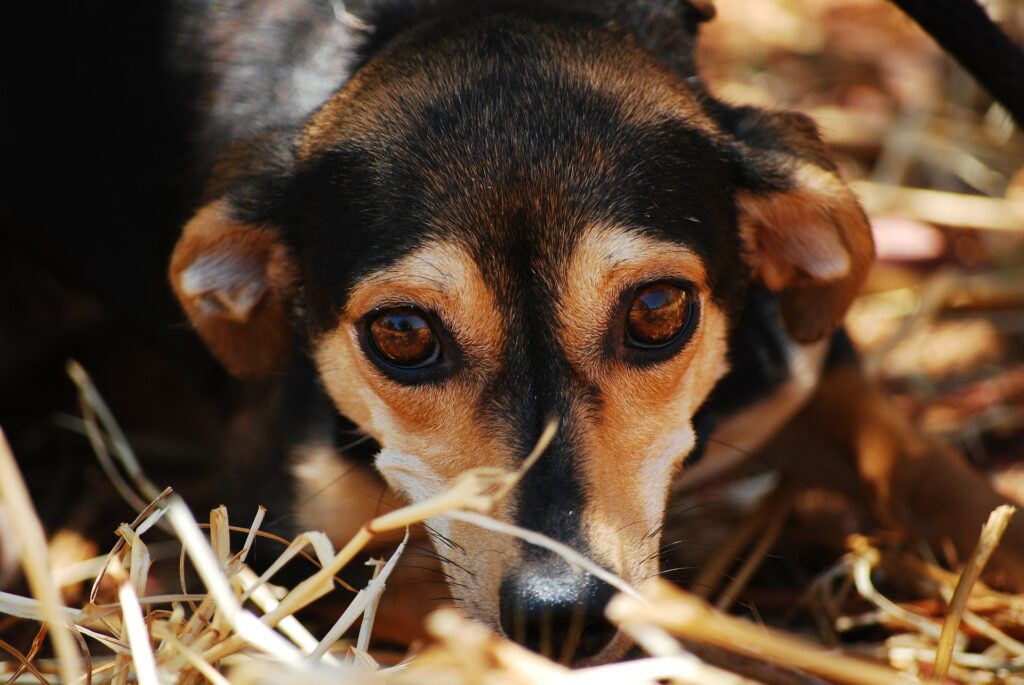
Determining how your dog went missing will help you strategize to find him safely. The first question to ask yourself is “How Did My Dog Go Missing?” Be honest. In a panic, most people jump to the conclusion that their dog was “stolen” because they’ve never been lost before or because they make a false assumption that the dog couldn’t possibly have gotten out of the yard. Check the scene carefully. Are there holes in the fence? Did the wind blow the gate open? Did a meter reader or contractor leave the gate unlatched? Were there loud noises that could have scared your dog?
Lost dogs generally fall into one of two categories. They were either “Opportunistic” or “Lost from a Stressful Situation”. Click on the links above to read more about these definitions.
The key factor to the opportunistic dog is that the dog was in a happy frame of mind when he went missing. He either saw an opportunity to wander (an unlatched gate, opening in fence) or he was following his nose (chasing a chipmunk, deer, etc.) and got further away than normal. If your dog fits this profile then the following series of articles will help you determine your course of action. These dogs have a high probability of being picked up by a Good Samaritan who didn’t want to see them get hit by a car. Read these articles for tips that will help.
Dogs lost from stressful situations include those spooked by loud noises such as fireworks, thunderstorms, gun shots and cars backfiring; dogs lost from places other than home such as pet sitters, boarding kennels, animal shelters, vet clinics, foster homes, newly adopted or purchased dogs; and those lost from car accidents and house fires. These dogs have a high probablity of becoming shy, elusive dogs who may run and hide from all people (including their owners) and who may live indefinitely on their own. Read these articles for tips that will help.
Regardless of how your dog went missing, immediately file a report with our partner, Pet FBI. You will be able to create a free flyer and social media links so that you can spread the word about your missing dog. Your flyer will be posted on our corresponding state’s Facebook page by a volunteer. Print out and hand deliver your flyers door to door in the area where your dog was last seen. Deliver copies to all local vet clinics, shelters and police departments. Do not rely on services (free or paid) who say they will alert shelters and vets for you. Those emails may never be received or opened and/or never seen by the staff. Your dog may end up at their facility and be adopted out or put down without you being notified.
Never Give Up! Your dog is relying on YOU to bring him safely home.
Our tips, ideas and articles are based on information gathered from thousands of successful lost dog recoveries. All of our services are free. Any advice or suggestions made by Lost Dogs of Wisconsin/Lost Dogs Illinois is not paid-for professional advice and should be taken at owner’s discretion.
1/21/2021

